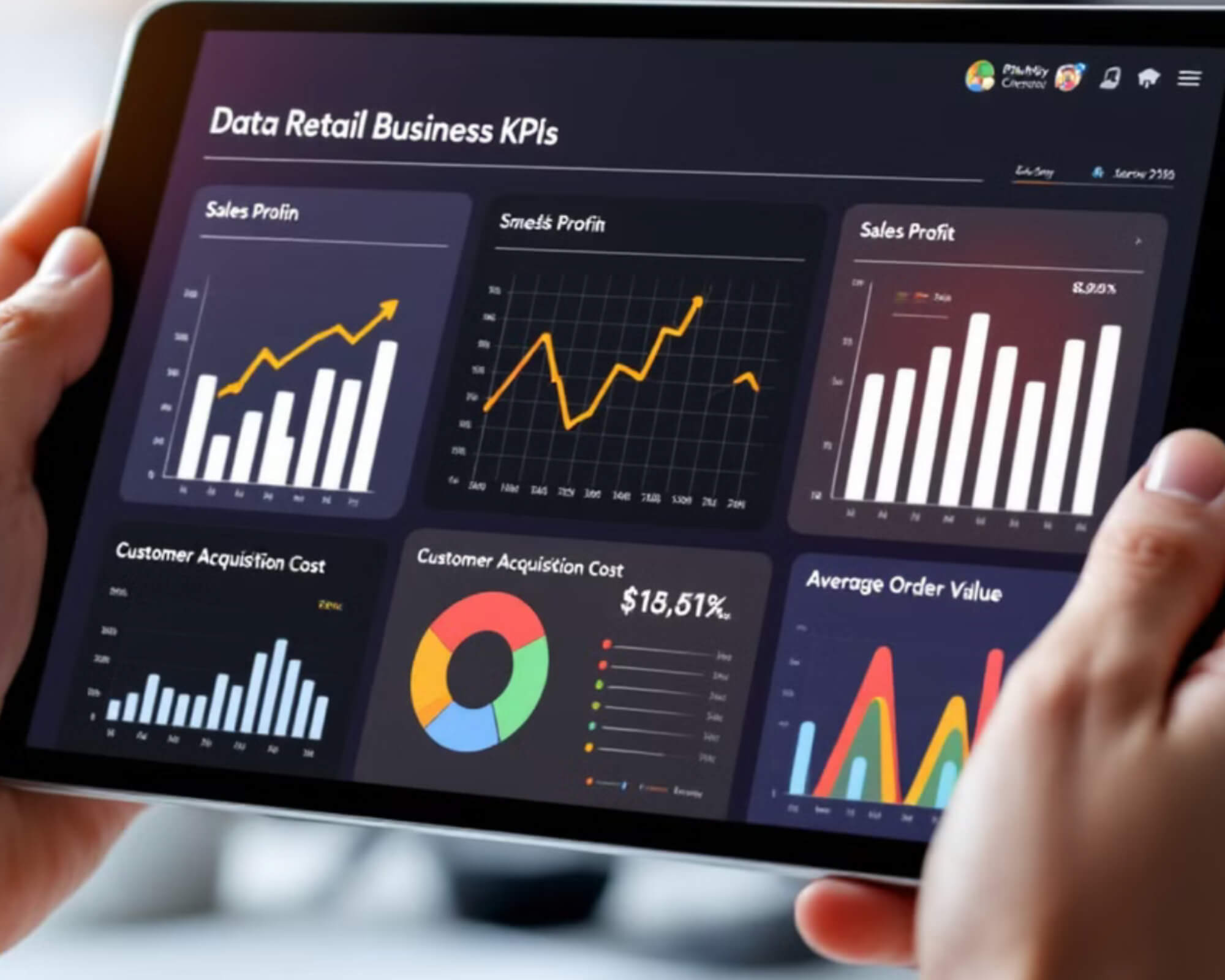
This post is part of our 9-part series on “AI’s Future Functions for SMB Retail”. We’re diving in deep on how AI is reshaping the retail world—transforming everything from personalized shopping experiences to inventory management. Whether you’re already leveraging AI or just beginning to explore its potential, this series will equip you with insights to elevate your business and stay ahead of the curve.
We’ve covered how AI enhances the customer experience and empowers store associates, but now it’s time to look behind the scenes. Today’s most innovative retailers are using advanced data insights to make smarter decisions, optimize operations, and stay one step ahead of the competition. From powerful platforms like Microsoft Fabric to real-time analytics solutions and predictive modeling tools, AI-driven insights are reshaping what’s possible for SMBs and major brands alike.
Unifying Data for a Cohesive View of the Business
Data lives everywhere—from point-of-sale systems and online shopping carts to customer service logs and inventory reports. But scattered data can be overwhelming and difficult to use effectively. Tools like Microsoft Fabric, Google BigQuery, and Snowflake are transforming how retailers harness data by bringing it all into one unified view. Instead of data silos, these platforms connect diverse data streams into a single source of truth, making it easier for teams to access relevant insights in one place.
This unified approach empowers retailers to make quicker, better-informed decisions, whether they’re adjusting to unexpected demand or optimizing product placements based on real-time sales patterns. Data integration has become the key to not just tracking performance but actively steering it.
Real-Time Insights for Immediate Impact
With real-time analytics tools, retailers don’t have to rely on yesterday’s numbers to drive today’s decisions. Solutions like AWS Kinesis and Google Analytics for retail provide immediate insights into everything from sales and inventory to foot traffic. If a product is flying off the shelves, retailers can instantly see where it’s selling best, adjust stock levels, and move inventory from other locations as needed. Real-time insights help retailers stay agile, responding to shifts in demand with precision and ensuring that the right products are available exactly when and where customers want them.
This ability to adjust on the fly also prevents stock shortages and reduces overstock, making operations more efficient and minimizing losses.
Predictive Analytics: The Power to See What’s Next
While real-time data is essential, predictive analytics is where AI’s true potential shines. Predictive tools like IBM Watson Analytics, SAS, and Microsoft Fabric’s forecasting models allow retailers to look beyond the present and make decisions based on future demand. By analyzing historical data alongside current trends, predictive analytics can help anticipate the popularity of certain products, identify seasonal trends, and tailor inventory accordingly.
Imagine being able to anticipate what customers will want next season and ensuring the right products are in place before the demand even hits. This proactive approach boosts sales, enhances customer satisfaction, and reduces inventory-related costs, all while helping retailers stay a step ahead of competitors.
Enhancing Customer Engagement with Targeted Insights
Retailers are also using advanced data insights to elevate customer engagement. By analyzing purchasing patterns, browsing behaviors, and even customer feedback, brands can design hyper-personalized marketing campaigns that truly resonate. Tools like Salesforce, Adobe Analytics, and Microsoft Fabric provide insights that allow for tailored recommendations, targeted promotions, and personalized messaging. This level of customization strengthens customer loyalty and encourages repeat purchases, turning casual shoppers into loyal brand advocates.
In a world where customers expect a seamless, personalized experience, data-driven engagement strategies are essential for building long-lasting relationships and standing out in a crowded marketplace.
Preparing for AI: The Importance of Integrating Your Data
To fully harness these advanced insights, the first step is ensuring your data is integrated and accessible. If your data lives in disconnected systems, you won’t be able to leverage the power of AI-driven insights to their full potential. Integrating data sources now—before diving into predictive analytics or real-time optimization—sets your business up for success. As we explored in our blog “AI and Your Data: Integrate Your Data Now”, a unified data foundation is essential to turn raw numbers into actionable insights. The sooner your data is organized, the sooner you’ll be ready to maximize what tools like predictive analytics and real-time connectors can do for your business.
The Bottom Line: Data-Driven Decisions Fuel Success
Incorporating advanced data insights isn’t just a nice-to-have; it’s a competitive edge. With platforms and tools that unify data, provide real-time updates, and predict future trends, retailers can make informed, data-driven decisions that improve everything from inventory management to customer engagement. It’s no longer just large corporations benefiting from these tools; SMB retailers are also gaining access to powerful insights that help them grow and thrive.
Next up in this series? Getting Frictionless With it!
Up next, we’re diving into the game-changers of frictionless checkout systems and automated inventory tracking—tech that’s not just for the big guys anymore. Imagine your customers breezing through checkout without the wait, and you having real-time, accurate stock updates without lifting a finger. These tools help you run a smoother operation and keep shoppers happy, coming back for more. If you’re ready to ditch the long lines and manual stock checks, stay tuned to see how these upgrades can make your store feel like the future—today.
What you don't know can absolutely hurt you.
"*" indicates required fields
